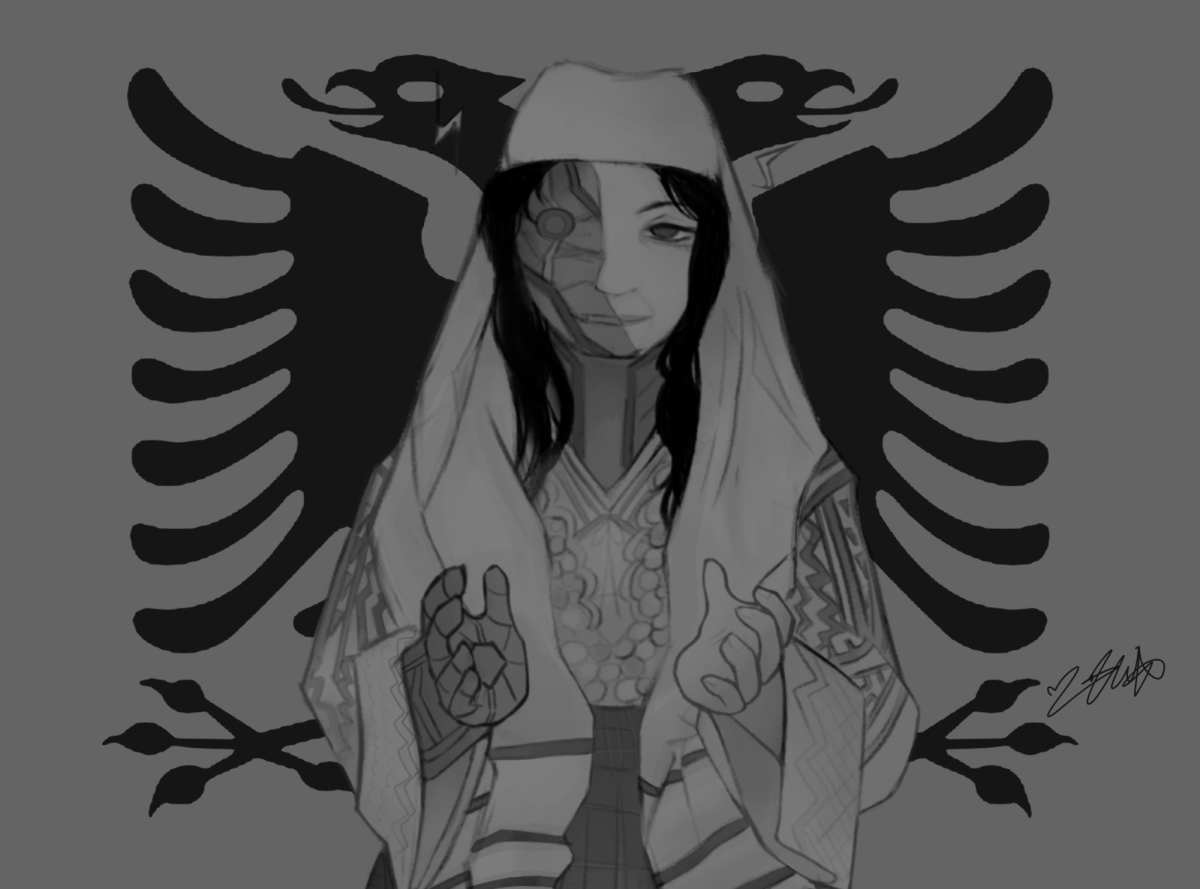
In elementary school, when people asked me what sports I play and I told them that I danced, they looked a bit puzzled. Apparently, my response was inadequate. As I have been told many times since then: Dance is not a sport.
Dance is more than just a hobby; for me, it’s more than a sport. Requiring body awareness, focus, cooperation, and strength, dance is athletic artistry. On behalf of all the dancers devoting countless hours and immeasurable effort to the art, I would like to recognize dancers as athletes and beg you to as well.
Dancers’ appearance of effortless grace often masks the stamina required for a dance that lasts 2-3 minutes. The entire time, dancers fight for balance between turning, leaping, jumping, and rolling. In just those few minutes, the dancers push themselves until they’re out of breath, sometimes falling to the ground as soon as they’re out of sight of the audience or judges (which I am definitely guilty of doing.)
The exhaustion that comes from this constant exertion is an obstacle that dancers have to overcome with practice, strength, flexibility, and stamina. The average heart rate for dancers during a modern dance sequence is around 170 beats per minute. This is similar to, and even slightly above, that of basketball players, who average between 165 and 169 beats per minute, and soccer players who average between 150 and 184 beats per minute.
Some of the most popular sports worldwide , like soccer, golf, volleyball, and tennis all have one thing in common: a ball.
Ball sports are often what come to mind when thinking about sports. Dance, although occasionally including props, requires no ball, yet shares many of the same traits that ball sport athletes need to succeed. Differences between dancers and soccer players are far outweighed by the similarities, as both sports require agility, a focused mindset, commitment, and cooperation.
Like tennis players, dancers’ body coordination is imperative to success, and like playing football, dancing demands strong focus. In fact, many professional football players take ballet classes for the benefit of increased strength, agility, balance, focus, and coordination. Skills learned in a dance room can be implemented into most sports because muscle control can be applied to the work of all athletes.
Similarly, dancers participate in strength and conditioning training to avoid muscle imbalances and improve performance. Frequent strengthening of the abdominal muscles increases the stability and balance necessary for turning, and leg strengthening will help the dancers find more power behind their jumps and leaps. Strong muscles may reduce the dancers’ risk of injury, but the strenuous movement of dance still result in 80% of dancers suffering at least one injury per year that affects their ability to perform.
However, unlike the players of other sports, dancers aren’t widely recognized for their athletic ability.
This is wrong.
Consistent rehearsals and practices tackle the daunting task of cleaning a dance, the process of perfecting details. Recently, I spent six and a half hours straight in the dance room learning physically demanding choreography, in which my teammates and I turned, leaped, ran, and lunged to nearly every beat of a 150 bpm song. The experience, although valuable, left my entire back aching for days and fatigued my legs for even longer. Movements on the floor left bruises covering my kneecaps and the tops of my feet.
Despite spending considerably more hours in the dance room weekly than typical students spend in ENS classes, dancers on Westview Dance Troupe (WVDT) don’t receive physical education credits to count towards graduation because the troupe is not offered as a class or CIF sport, and is instead considered a club.
As any devoted dancer can attest, even though they love the work, dance is indeed much harder than it seems. Despite this, there will always be people who laugh at us dancers. However, I know that my response to “What sport do you play?” is adequate, because dance is a sport that requires an artist.






hi • Oct 2, 2025 at 12:29 pm
Im using this article for an English assignment in Grass Valley, CA so thank you haha
AC • Sep 10, 2025 at 10:32 am
Dance is a sport and it makes me mad that people don’t think or know that.
Bethany • May 7, 2025 at 11:43 am
this is so For real!
m • Mar 6, 2025 at 2:49 pm
I also agree because im in dance rn and other sports involve competitions and dance has that also even nationals